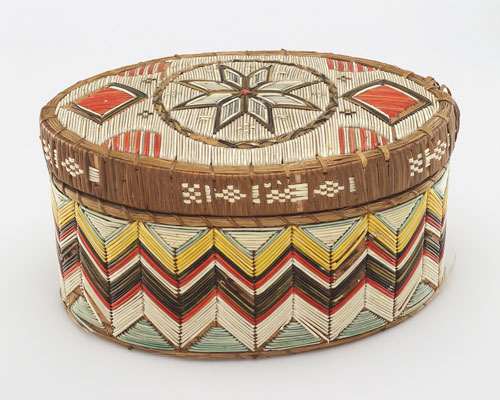Colors infuse our world with meaning, from the bold red of a stop sign to the calm blue of a midday sky. Our ability to perceive and describe our surroundings hinges on the spectrum of colors. This understanding stretches back to the early universe, where the first colors emerged only after the high temperatures of the Big Bang cooled enough for atoms to form, leading to the rich palette of colors we experience today (Koberlein 4).
For Indigenous cultures, particularly the Narragansett and Mohawk tribes, colors are deeply embedded with cultural significance and spiritual meaning. Dyeing practices in these tribes are not merely artistic choices but are steeped in tradition and symbolic value, carrying a profound spiritual depth. The Narragansett people of Rhode Island have a long history of using natural materials to create dyes with profound cultural meanings. Traditional dye sources include berries, roots, and bark, each contributing a distinct hue that conveys specific messages. For example, vibrant red, obtained from sumac and ochre, symbolizes vitality and the community’s life force. Yellow, sourced from ochre and clay, represents the warmth of the sun and the nurturing qualities of the earth, symbolizing enlightenment and spiritual nourishment. Similarly, the Mohawk tribe employs detailed dyeing techniques that infuse their artwork with meaning. Blue, derived from robin’s eggs and berries, signifies tranquility and spiritual depth, reflecting the vast sky and deep waters. This color is used in ceremonial items and everyday artifacts, embedding a sense of peace and connection to the divine into their creations.
The methods used to produce these dyes are as intricate as the art itself. For instance, boiling animal hooves to create a resinous substance for dyeing represents a transformative journey from raw materials to sacred colors, a process that infuses the colors with a unique power and inspires the artistic process. Similarly, the use of cedar bark to create red dyes connects the artist with the ancient wisdom and strength of the trees, infusing their work with a sense of enduring vitality.
In both the Narragansett and Mohawk traditions, colors are more than pigments; they are living symbols that narrate cultural stories and spiritual beliefs, infusing the cultures with a vibrant energy. Each color and dyeing method is a ritualistic process that ties the artist to their environment and heritage, creating a lively cultural legacy.
Works Cited
Digitalcommons@uri, Digitalcommons@uri, and Rebecca Johnson-Dibb. Identification of Dyes on Textiles from RI-100 a Seventeenth Identification of Dyes on Textiles from RI-100 a Seventeenth Century Narragansett Burial Site Century Narragansett Burial Site Terms of Use. 1994.
Koberlein, Brian. “What Was the First Color in the Universe?” Universe Today, 18 Oct. 2019, www.universetoday.com/143769/what-was-the-first-color-in-the-universe/. Accessed 16 Aug. 2024.
“Potawatomi Bag – Infinity of Nations: Art and History in the Collections of the National Museum of the American Indian – George Gustav Heye Center, New York.” Americanindian.si.edu, americanindian.si.edu/exhibitions/infinityofnations/woodlands/242165.html.














